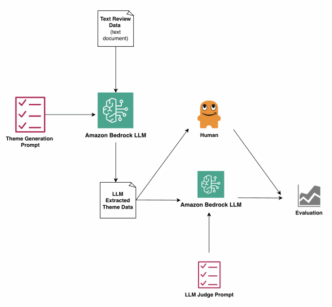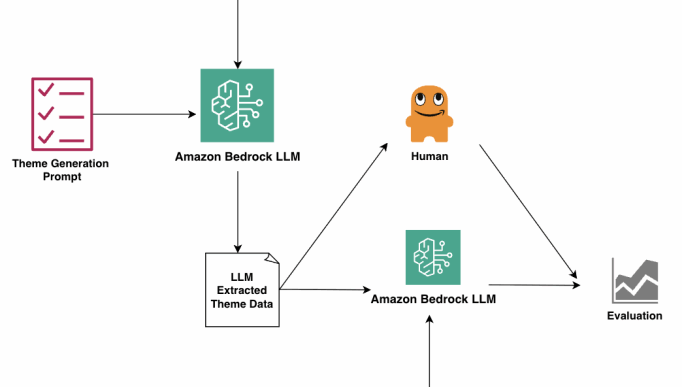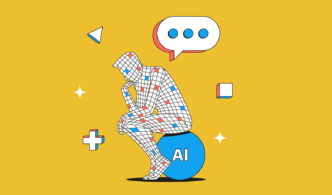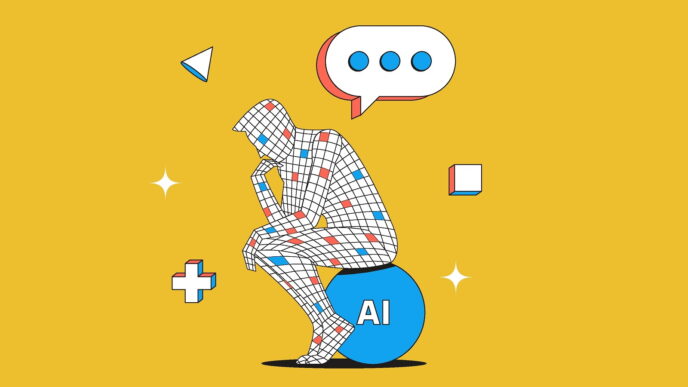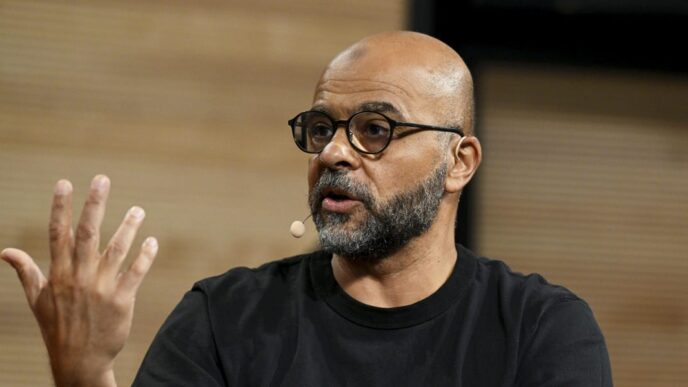D-Wave dropped a new open-source quantum AI toolkit and demo. The tools plug D-Wave’s quantum annealers directly into PyTorch for machine learning workflows. Developers can now build and train restricted Boltzmann machines using quantum processors.
The demo shows how the quantum toolkit helps generate simple images, marking a key step in quantum AI. This aims to speed up training on complex datasets where classical methods lag.
The toolkit is part of D-Wave’s Ocean software and supports scalable integration of quantum computing in AI tasks like image recognition and drug discovery.
“With this new toolkit and demo, D-Wave is enabling developers to build architectures that integrate our annealing quantum processors into a growing set of ML models,”
said Dr. Trevor Lanting, chief development officer at D-Wave.
“Customers are increasingly asking us for ways to facilitate the exploration of quantum and AI, recognizing the collaborative potential of these two complementary technologies.”
This release comes alongside D-Wave’s quantum AI work with clients including Japan Tobacco, who used quantum AI to beat classical methods in drug discovery. Jülich Supercomputing Centre improved protein-DNA binding predictions using D-Wave’s tech. Canada’s TRIUMF reported faster particle simulation speeds.
Interested devs can join D-Wave’s Leap Quantum LaunchPad program to start experimenting.
D-Wave’s Kevin Chern will discuss the toolkit at The AI Research Summit on August 13.
Learn more and download the toolkit on GitHub.



